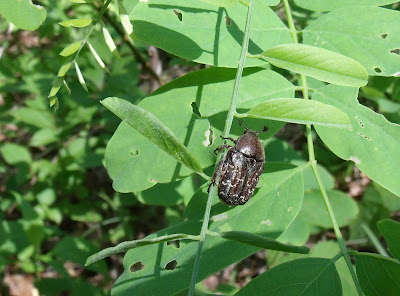My friend, Don Gorney, was able to snap a better photo on the previous day, Saturday. Thanks to Don for letting me use his stellar photo. With the light barring on the feathers and the pattern on the tail feathers, Don thinks this is an after-hatch year male. Younger birds and females would have darker spots on their feathers. For a photo of a juvenile bird, check out my post from a few years ago of a Snowy Owl I saw in Cleveland, OH.
The Snowy Owl's normal range is in the arctic tundra, throughout Canada and the Northern United States. Snowy Owls have a favorite snack of lemmings. Lemmings are cyclic in nature. Lemming populations will grow in number year after year and the predators, such as owls and fox will increase along with them. Eventually, they will hit a population threshold and the predators will apply too much pressure on the lemming population. The lemming population will plummet and the abundant predators will be forced to look for food elsewhere. The Snowy Owl will move southward looking for other food. These cycles seem to occur about every three or four years. A combo of a good breeding season, producing many juvenile owls, and a possible crash in the lemming population up north may force many Snowy Owls to the south.
If a Snowy Owl finds a good food source, and doesn't meet an early demise from a vehicle, it will tend to stick around for quite a while. As of today, the Snowy Owl was still at the airport. Hopefully, many of you will have a chance to view this gorgeous winter visitor!











































